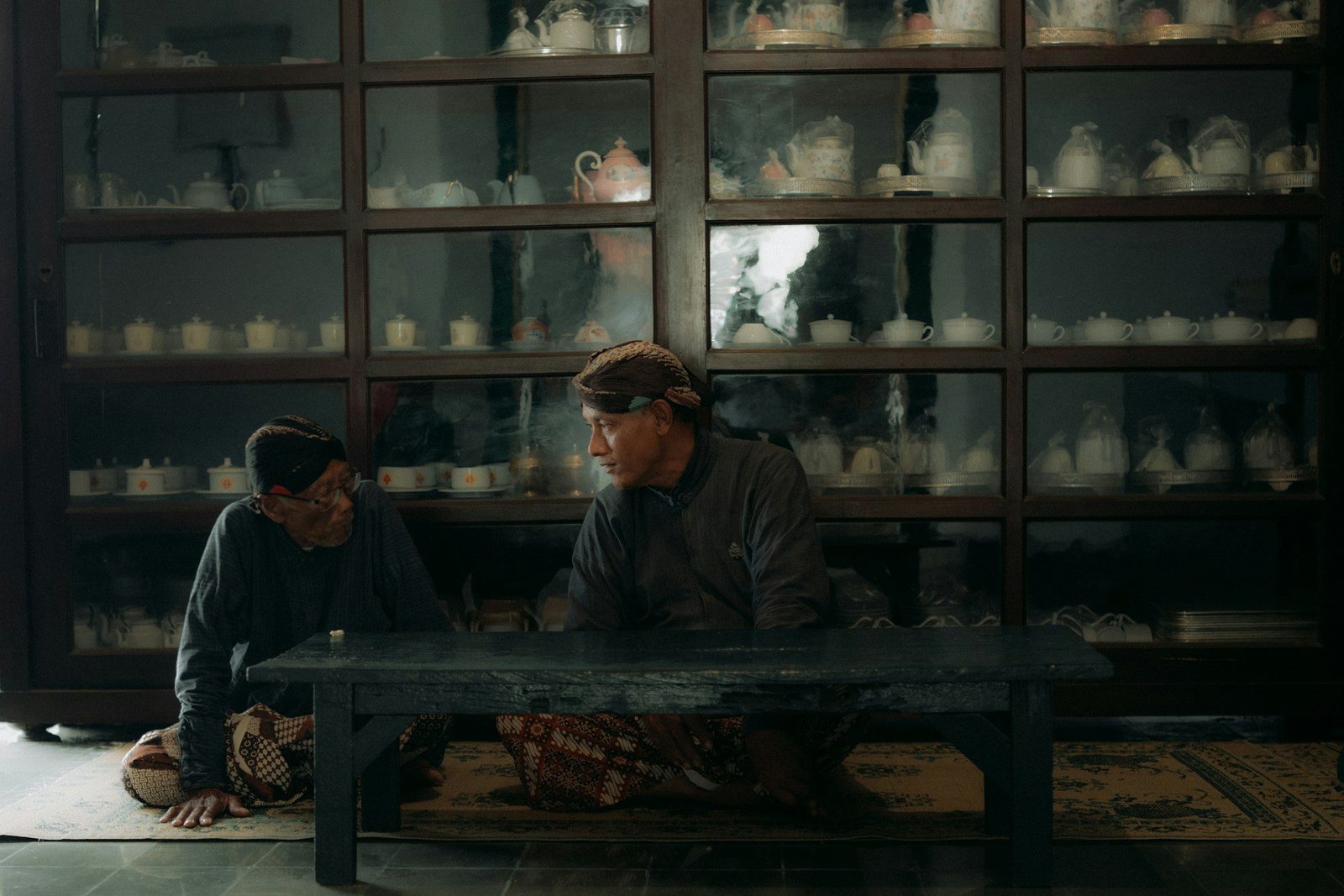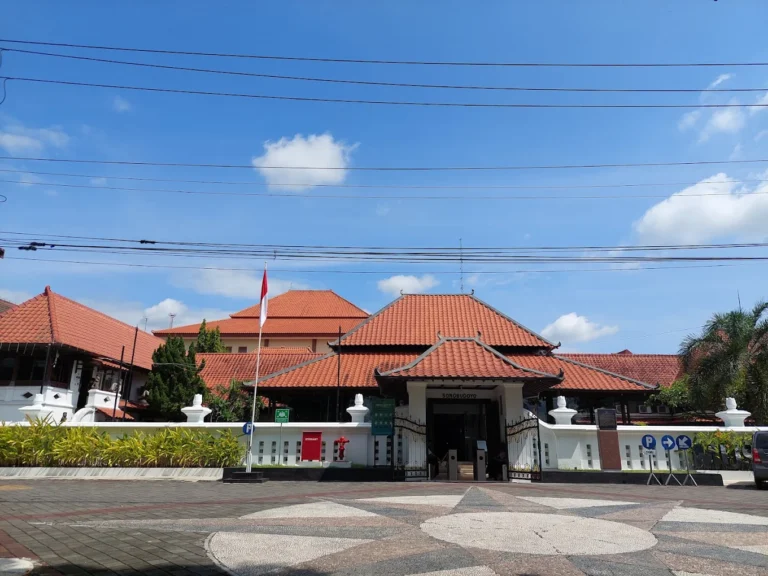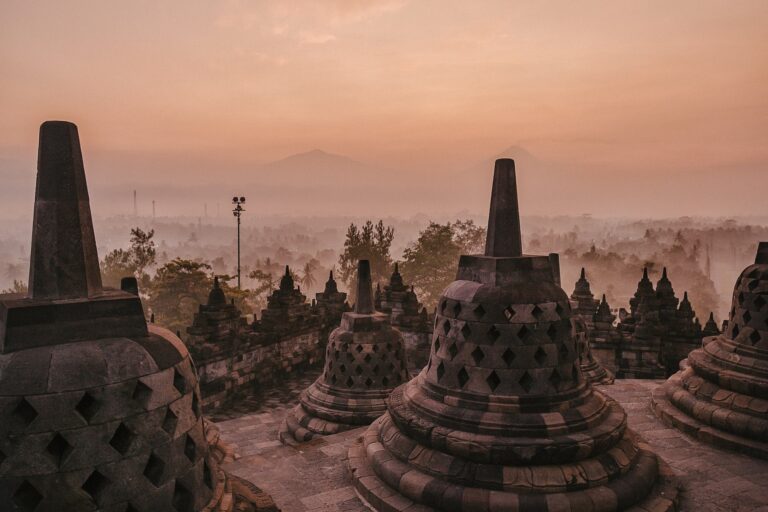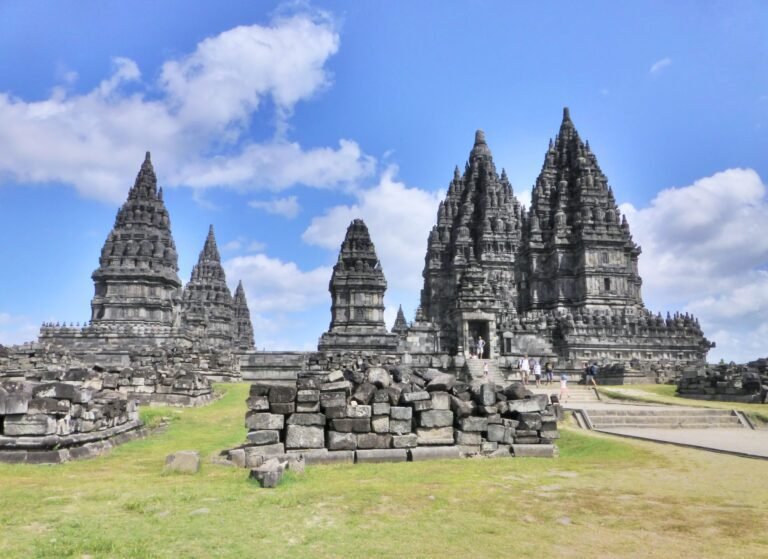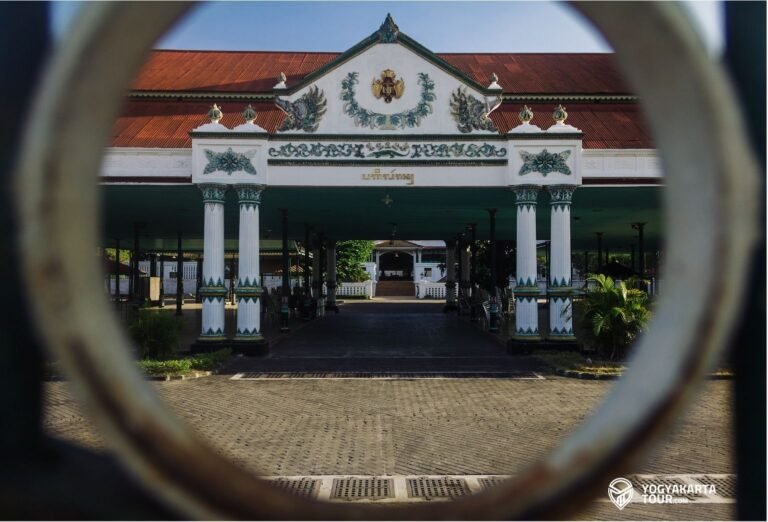The Yogyakarta Royal Palace’s ancestry dates back to 1755 and is known as Sri Sultan Hamengkubowono.
That year, Yogyakarta’s Ngayogyakarta Hadiningrat Palace was designated as the official palace. Yogyakarta has been governed by the Ngayogyakarta Palace rulers under the designation “Special Region.”
The Giyanti Agreement, which separated the Surakarta Sunanate for Pakubuwana III and the Nagari of the Ngayogyakarta Sultanate for Prince Mangkubumi, gave rise to the Yogyakarta Palace, the Sultanate of Ngayogyakarta, from the Islamic Mataram Kingdom.
Thus, Sri Sultan Hamengku Buwono I was the first king to build the Yogyakarta Palace, and his descendants carried on the tradition by naming their successors “Sri Sultan Hamengku Buwono,” who still
The Lineage of the Yogyakarta Palace
Here is a brief biography of the palace’s kings so that you can learn more about the history and ancestry of the Yogyakarta royal palace.
1. Sri Sultan Hamengku Buwono I (1755 – 1792)
Bendara Raden Mas (BRM) Sujono was the birth name of the creator and builder of Yogyakarta Palace, Prince Mangkubumi, who was born on August 5, 1717.
Through Mas Ayu Tejawati, a concubine, Sunan Amangkurat IV fathered Prince Mangkubumi. Later, he would give color and passion to the palace surroundings as well as the broader Yogyakarta community, serving as the cornerstone of Mataram culture.
BRM Sujono was well-known for his exceptional martial arts abilities from an early age. He was an expert weapon user and horseback rider.
He was also well-known for maintaining the honorable principles of Javanese culture while engaging in intense religious rituals.
Because of his abilities, he was designated Pangeran Lurah, the prince who was most revered among the king’s sons, following the death of his uncle Mangkubumi on November 27, 1730. Later, upon reaching adulthood, he adopted his uncle’s name as well. Afterwards, BRM Sujono went by the name Prince Mangkubumi.
Serat Cebolek goes into detail on Prince Mangkubumi’s devotion to religious rituals. There includes a description of his custom of memorizing the Quran, conducting the five daily prayers, and fasting on Mondays and Thursdays. It is also described in this document that he liked to travel, socialize with the locals, and help the less fortunate.
His supporters were deeply loyal to him because of his character. Prince Mangkubumi had 3,000 men after him when he took up arms against the Dutch East India Company (VOC) in 1746.
This grew quickly to 13,000 men by 1747, with 2,500 of them being cavalry. By 1750, the populace was also eager to follow him and was loyal to him.
Read More: Creating Memories with Family: 10 Yogyakarta Tourism for Family Fun
2. Sri Sultan Hamengku Buwono II (1792 – 1828)
Born on March 7, 1750, on the slopes of Mount Sindoro, RM. Sundoro was the second queen’s son of Sri Sultan Hamengku Buwono I. His childhood was spent with his mother, GKR Kadipaten, in a refugee area due to war with the VOC, shaping Sri Sultan Hamengku Buwono II’s tough character.
As the Giyanti Agreement came into play and the family moved to the Yogyakarta Palace, RM. Sundoro began living there as a prince. Sri Sultan Hamengku Buwono I’s love and trust for RM. Sundoro increased, culminating in his appointment as crown prince in 1758.
Initially, the crown prince was Raden Mas Ento, chosen by Sri Sultan Hamengku Buwono I’s first queen, GKR. Kencono. However, upon Ento’s death, RM. Sundoro was appointed as the crown prince.
Efforts to arrange a marriage between RM. Sundoro and a princess from Surakarta Palace failed, leading to a permanent rift between the two kingdoms. The Semarang Agreement of April 26, 1774, aimed to prevent further conflicts.
RM. Sundoro grew increasingly resentful of the VOC and foreigners in general. Sri Sultan Hamengku Buwono I, however, hoped RM. Sundoro could protect Yogyakarta. Celebrations were held when RM. Sundoro was declared heir apparent in 1785.
As heir, RM. Sundoro initiated changes in the palace and defended it against the VOC, thwarting the construction of Rustenburg Fortress. Later, as Sri Sultan Hamengku Buwono II, he resisted Dutch impositions and faced attacks, leading to his exile in 1810.
Upon his return in 1815, conflicts persisted. He was exiled again in 1817 but returned in 1826, becoming sultan for the third time. He passed away on January 3, 1828, in Kotagede during the Java War, buried there due to the conflict.
3. Sri Sultan Hamengku Buwono III (1810 – 1814)
The son of Sri Sultan Hamengku Buwono II and Gusti Kanjeng Ratu (GKR) Kedhaton, he was born on February 20, 1769, as Raden Mas (RM) Surojo. After Sri Sultan Hamengku Buwono II was overthrown by the Dutch in December 1810, RM. Surojo—who was described as meek and obedient—took the throne as Hamengku Buwono III.
The rule of RM. Surojo lasted about a year, as in December 1811 the British overthrew the Dutch and reinstated Sri Sultan Hamengku Buwono II. On June 21, 1812, however, RM.
Surojo Hamengku Buwono III was installed for the second time when Sri Sultan Hamengku Buwono II was removed due to his disobedience.
British interference brought about some major developments during his reign, such as the loss of territory and the appointment of officials. In addition, the British placed limitations on the royal military and used their own troops to guard the palace.
After just 865 days in power, Sri Sultan Hamengku Buwono III died on November 3, 1814, at the age of 45. At the age of ten, his son Gusti Raden Mas (GRM) Ibnu Jarot succeeded him as Sri Sultan Hamengku Buwono IV.
Read more: From Gudeg to Bakpia: Indulge Yourself with Typical Yogyakarta Culinary
4. Sri Sultan Hamengku Buwono IV (1814 – 1822)
Gusti Raden Mas (GRM) Ibnu Jarot was born on April 3, 1804, and was named crown prince upon his father’s coronation on June 21, 1812. Not long after, on November 9, 1814, at the age of ten, he was crowned Sri Sultan Hamengku Buwono IV.
Regents oversaw Sri Sultan Hamengku Buwono IV’s reign because of his youth. Pangeran Notokusumo, also known as Paku Alam I, was one of the regents chosen. His reign ended in 1820, when the sultan became an adult at the age of sixteen.
The intimate bond between Pangeran Diponegoro and his brother, Sri Sultan Hamengku Buwono IV, is compared to Kresna mentoring Arjuna. Pangeran Diponegoro taught his brother numerous texts and shared moral anecdotes with him, which greatly contributed to his education. But when Patih Danurejo IV gained power, tensions between Pangeran Diponegoro and the palace developed, resulting in disagreements over land management techniques.
On December 6, 1823, Sri Sultan Hamengku Buwono IV passed away. He was 19 years old. Even at his young age, he made a big impact. In Astana Besiyaran Pajimatan, Imogiri, he was laid to rest. Nineteen of his children passed away at a young age. Gusti Raden Mas Gatot Menol, his three-year-old son from GKR Kencono, succeeded him.
5. Sri Sultang Hamengku Buwono V (1823 – 1855)
Gusti Raden Mas (GRM) Gatot Menol was born on January 20, 1821, and after his father, Sri Sultan Hamengku Buwono IV, died in 1823, he became Sri Sultan Hamengku Buwono V at the age of three.
He grew up with empathy and a great deal of responsibility, which helped him to become a kind and peaceful person.
A regent council was established to help with governance because of his youth. His mother Ratu Kencono, grandmother Ratu Ageng, Pangeran Mangkubumi, and Pangeran Diponegoro were among the regents. The Dutch resident continued to oversee Patih Danurejo III, who maintained actual governance.
At the age of sixteen, Sri Sultan Hamengku Buwono V assumed complete authority of the government in 1836. From 1826 to 1828, his great-grandfather, Sri Sultan Hamengku Buwono II, briefly took over as leader.
Pangeran Diponegoro initiated the Java War during his reign, which resulted in widespread rebellion because of a number of issues, including high taxes, agricultural failures, and land leases to Europeans. The Dutch suffered heavy losses in the conflict, but in 1830 they managed to take control of Pangeran Diponegoro.
Gradually, Yogyakarta experienced stability after the end of the Java War. In order to preserve peace and prosperity, Sri Sultan Hamengku Buwono V chose a strategy of passive resistance and sought stronger connections with the Dutch colonial authority. Throughout his tranquil rule, he also paid attention to the advancement of literature and the arts.
Embark on an unforgettable journey to Java, Indonesia, where a world of wonders awaits! Java, the heart and soul of Indonesia, is a treasure trove of diverse landscapes, rich cultural heritage, and breathtaking experiences.
Find out the package now from Yogyakarta Tours:
- 1 Day Tour:
- Multidays Tours

